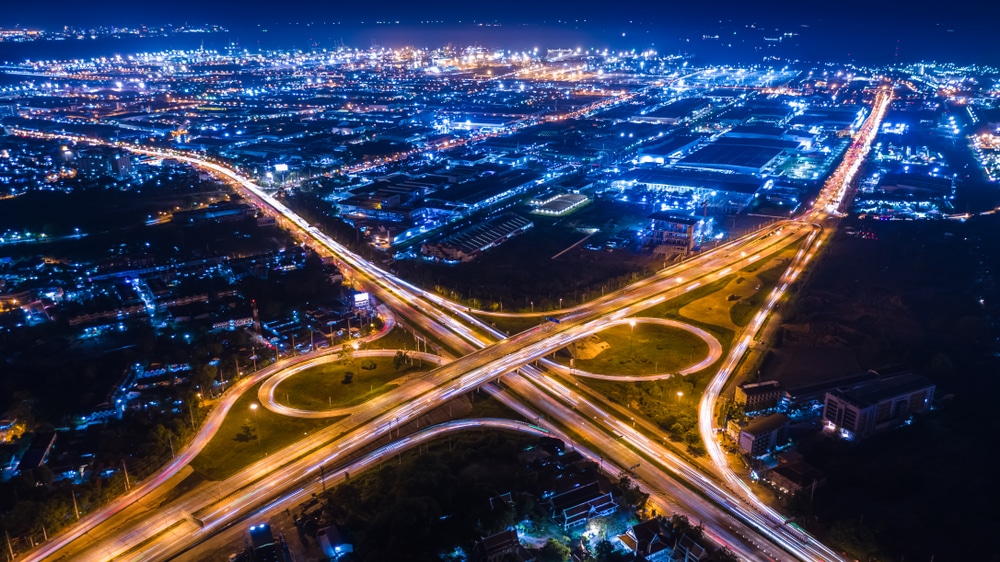Exclusive: Be aware of your surroundings when travelling


Victoria Rees
Share this content
With COVID-19 restrictions evolving currently and over the next few months into the summer, individuals are travelling leisurely or for work more often. Whether it be to a relative’s home in the next county or state, or a cross-country drive; cars, buses and trains must make stops to either refuel gas tanks and make maintenance repairs, as well as give travellers the opportunity to stretch their legs and grab something to eat or drink. Filling stations and rest stops are very common on long journeys.
Worldwide there are almost half a million filling stations and rest areas; not including truck stops and the number continues to grow. Travelling, regardless of the means, takes a toll on the human body. Unlike air and sea travel, those restricted to vehicles cannot just get up to move around. Senses are dulled and tiredness sets in easily. As stated in the Air Travel and Sea Travel security awareness segments, individuals are troublingly oblivious to their surroundings even when they are not succumbing to travel exhaustion. Filling stations and rest areas already contain crowds depending on the time of travel so it is redundant to mention that one needs to keep an eye on his or her belongings; however, one must not forget that while at these road or trackside areas of port, awareness of the area might save someone’s life. Annually, human trafficking goes under the radar because the traffickers are not only good at what they do but also can adapt to their transfer areas relatively easily.
Human trafficking is very real. Hundreds of millions of individuals of every age are trafficked from reasons ranging from labour exploitation to sex exploitation under direct violence or the threat of violence to a loved one(s). Regardless of if the threats hold truth or are fabricated, the suffering and physical abuse for victims are staggering; this is where the land travellers’ security awareness comes in.
Fear is an emotion, which does not mix well with the schematics of the body. If someone is frightened, panicked, or uncomfortable, the body gives off tell signs such as a stiffened posture or frantic eye movements. Moreover, fear ensures silence on the part of the victim(s), which is when the observation of the traveller(s) come into play and the traveller(s) need to act fast! Trafficking victims usually only have a limited window of opportunity to be saved because transferring the human merchandise needs to be fluid and with anonymity. It is imperative to know the signs of a potential trafficking victim and how to report it:
Body language red flags:
- Unbalance in stride ratio: The trafficker, although cautious in revealing his/her/their intentions will have a more prominent and less timid posture, where the victims will display a hunched, low hanging, head/eye angle.
- Eye contact avoidance: The victim will avoid eye contact, (or any facial movements), while walking through an area because the victims themselves are also being watched.
- Unstable Breathing: Although the traveller would need to get closer to notice; a scared victim’s breathing will be laboured and the body will begin to perspire. This is easily masked or missed in the colder months.
What the traveller(s) can do:
- Do not take matters into your own hands: Travellers can set off the alarm that someone is in trouble but it must be done carefully and discretely. You do not know what someone is capable of when they are backed into a corner. If you try to go after the trafficker(s) or make the trafficker(s) aware that you are aware of their nefarious activities, you can put the victim(s), their loved ones and yourself in danger.
- Contact security and/or law enforcement and be specific: Some filling stations and most rest areas have security or law enforcement officials on site. Notify him/her/them of what you see and trust your instincts. Also, if you are going to notify the authorities be sure it is done discretely so that the traffickers are unaware and get as much detail as possible (i.e. – make and model of vehicle and physical description of trafficker(s) and victim(s)).

By Matthew Porcelli, CPP
You can connect with Matthew on LinkedIn here


